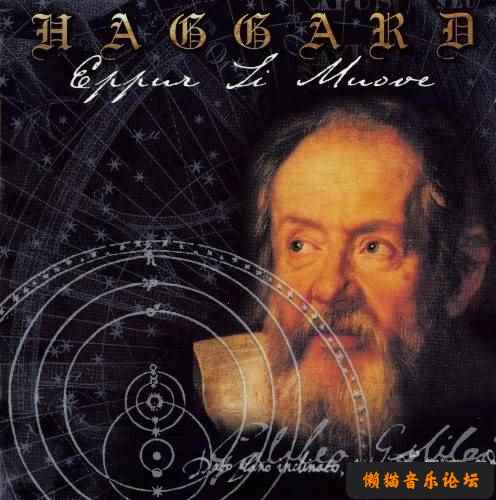|
|
封面:
tok5flwqq0q.jpg

简介:
This one is a doozy. I met this band back in 2011 and fell in love with them. Melodic death metal featuring a full fledged orchestra? Count me in! I was in a desperate search for symphonic metal that was sound. Bands like Nightwish and Turisas are an example of some of the many generic bands that plagued the genre. So here I am, in 2014, ready to say that my love for this album is slowly fading.
The band consists of hundreds of thousands of people, but at the core, stands the real metal band: the drummer, the guitarist, the bass player, and of course, the mastermind behind it all, Nasseri, whom both sings and play the guitar. The other five hundred people are the orchestra, who conjointly perform alongside the band. This combination gives us this symphonic metal band. I use that term loosely because, although the metal part is very clear; it isn’t all that much. The guitars sound similar to those found in palm muted breakdowns one see in an Emmure song. In this case, of course, they aren’t performing a breakdown, but I can’t even say they are performing a song. You see; there isn’t much creativity or diversity when it comes to the metal portion of the songs. The drums are always in a basic double-bass, hi-hats and little to no variation. The guitars are shoved into the background because of their odd tuning. Is there a bassist in this band? I can’t hear him, even with my studio headphones. It seems that this is, in fact, not symphonic metal, but a symphony with metal influences.
With this last paragraph, one might think that the metal part sucks, but it does not. There are the vocals, which are amazing. Nasseri’s voice is threatening, deep, and rough as any guttural should be, and mix well with the melodeath sound, which in turn, mix well with the orchestral bits. That is the key word: mix. The production is this album is astounding; every instrument is fairly audible (with the exception of the bass and sometimes the guitar), and it feels as if the band played alongside the orchestra.
Oh, the orchestra; Never have I seen (or in this case, listened) to something so beautiful in my life. Every second it consumes playing is memorable. They are what helps this band come alive. If it weren’t for those cellos, for that sweet ass piano (seriously, Of a Might Divine and The Observer have beautiful piano parts), and for that soprano, that tenor, this couldn’t work. Talking about the vocals, remembered me: there is also two more vocalists, a male tenor and a female soprano. They are superb. Every second they are singing; they steal all the attention to them.
How does it all add up? Does bad metal, plus good orchestra, equals a good album? In a way, yeah, it does. Just like I wrote, the guitars are always shoved in the background, and the orchestra are in the foreground. So it means that the good part is always there, and the bad part is all the way into the last row, barely audible, extremely forgettable. Funny thing, though, because there is a guitar solo at the end of Per Aspera Ad Astra, and I didn’t even notice until 2 years later since I first heard the song. Probably because the symphonic part perplexed me to the point that I forgot that there was a guitarrist there.
曲目:1.All'inizio è la morte 6:50
2.Menuetto in Fa-minore 1:16
3.Per aspera ad astra 6:40
4.Of a Might Divine 8:20
5.Gavotta in Si-minore 0:58
6.Herr Mannelig Sir Mannelig 4:50
7.The Observer 4:40
8.Eppur si muove 8:19
9.Larghetto / epilogo adagio 2:13
10.Herr Mannelig (short version) 6:10
试听:
本网站只提供音乐的简介,恕不提供下载。 |
|